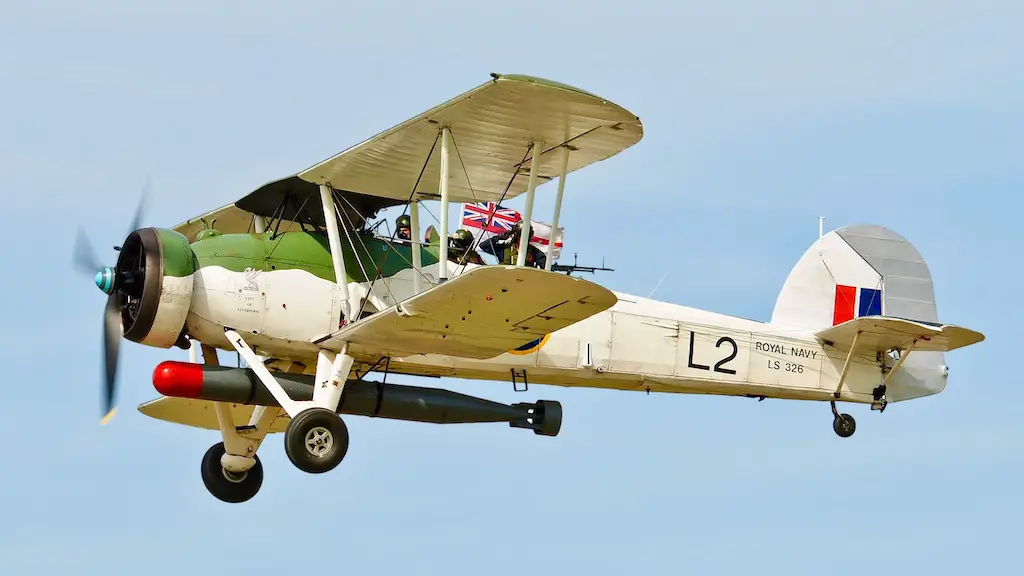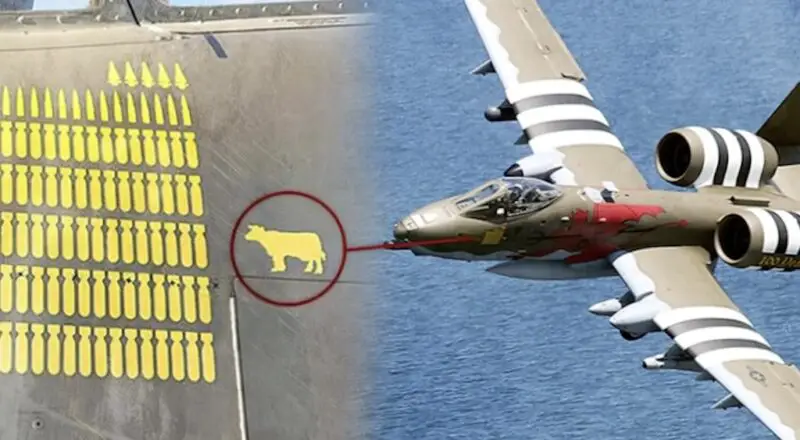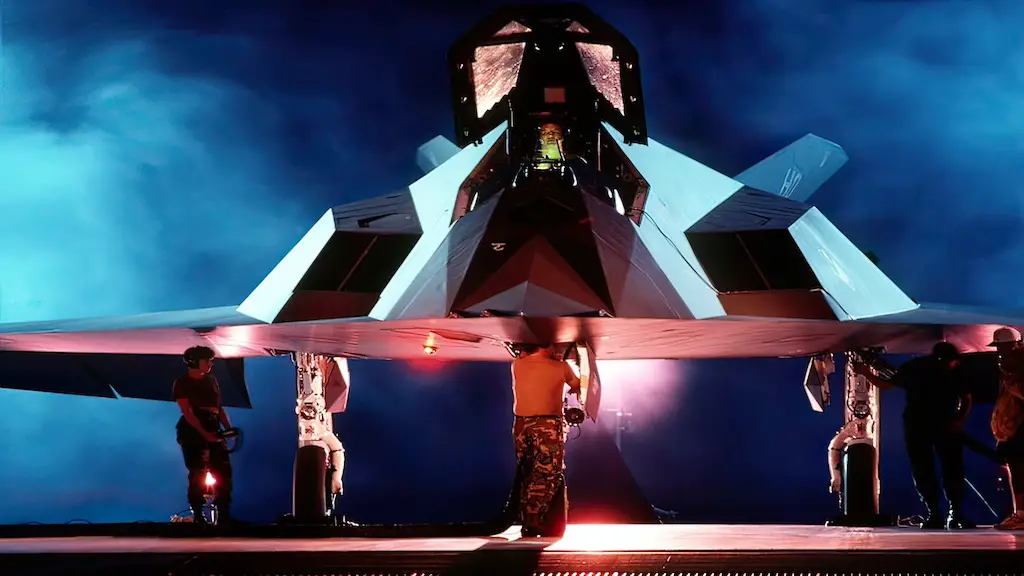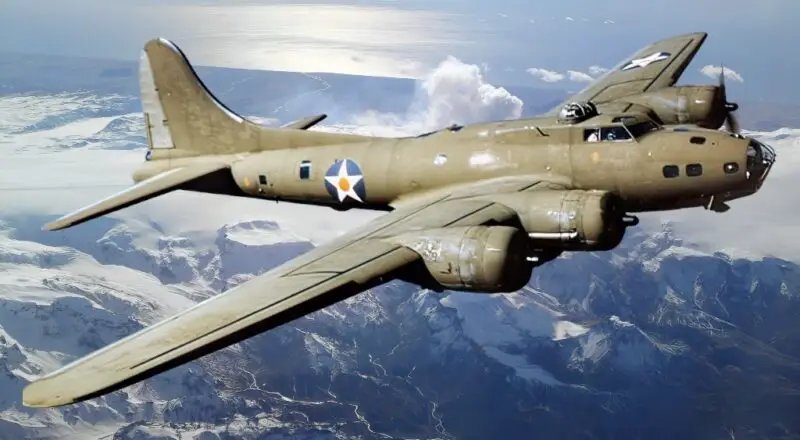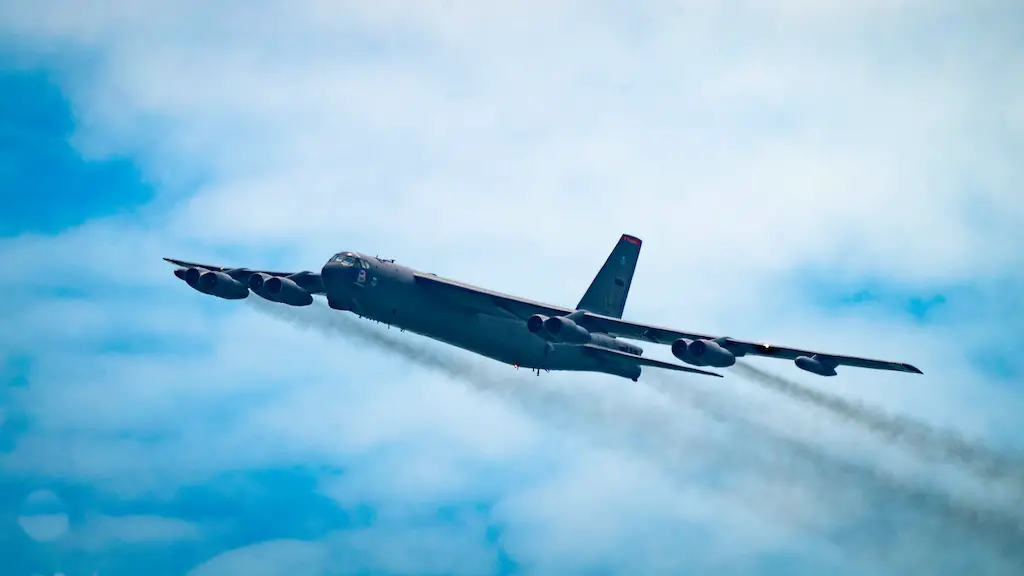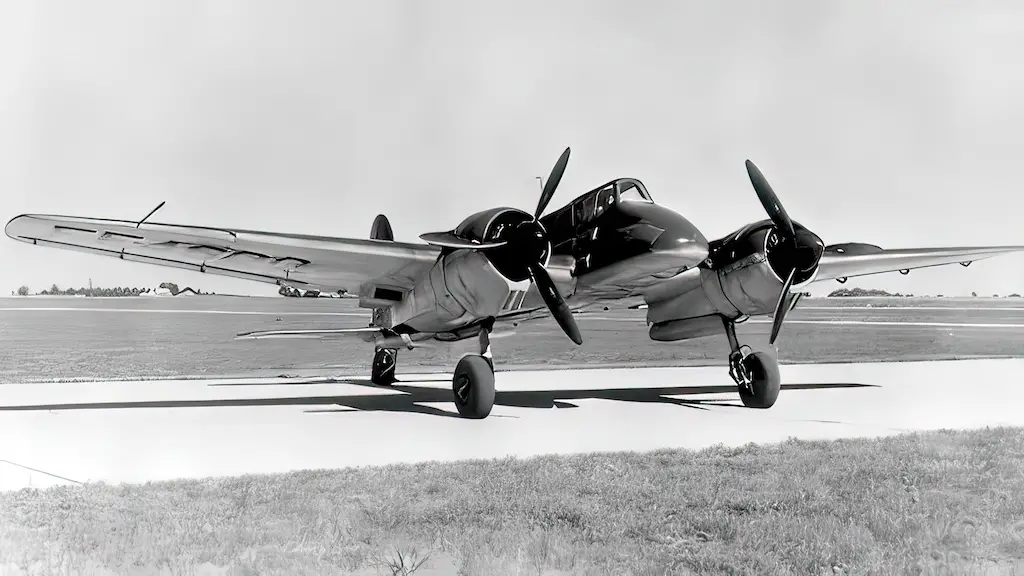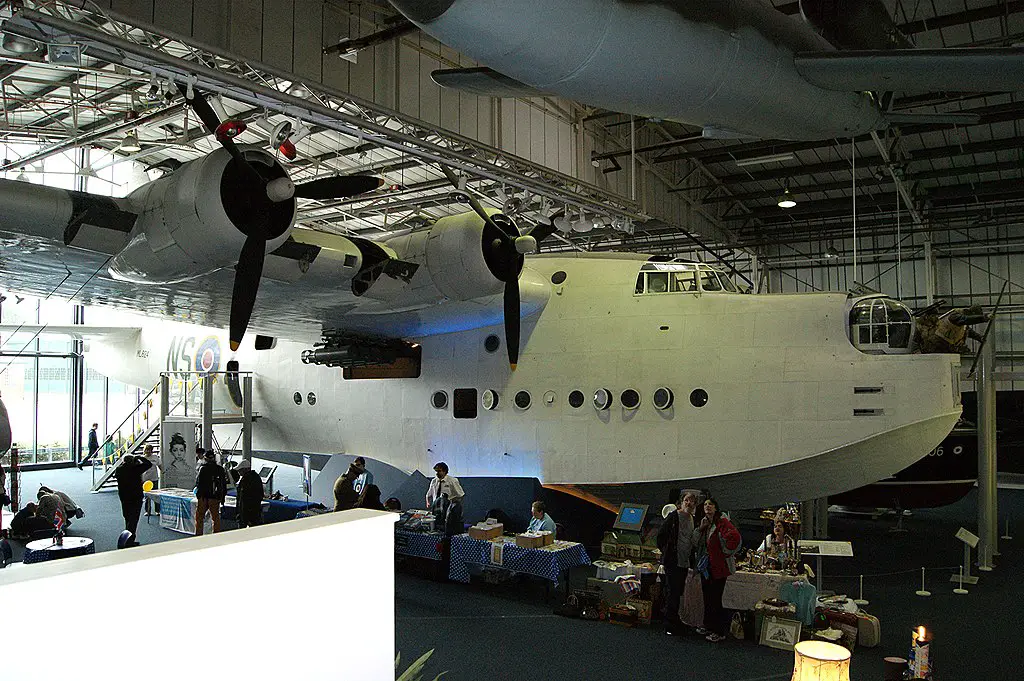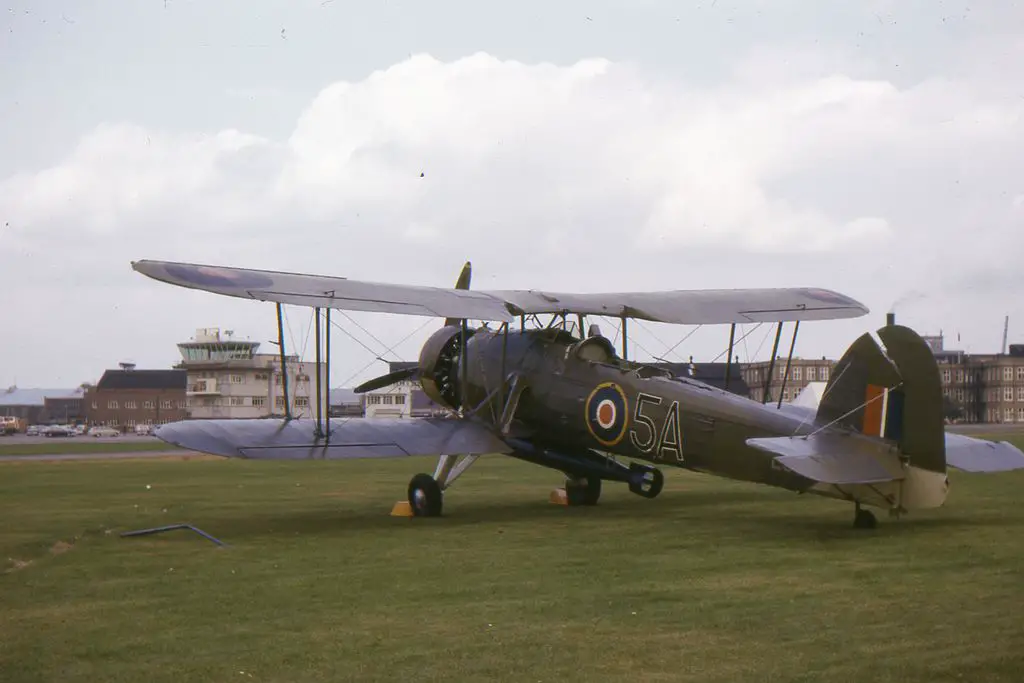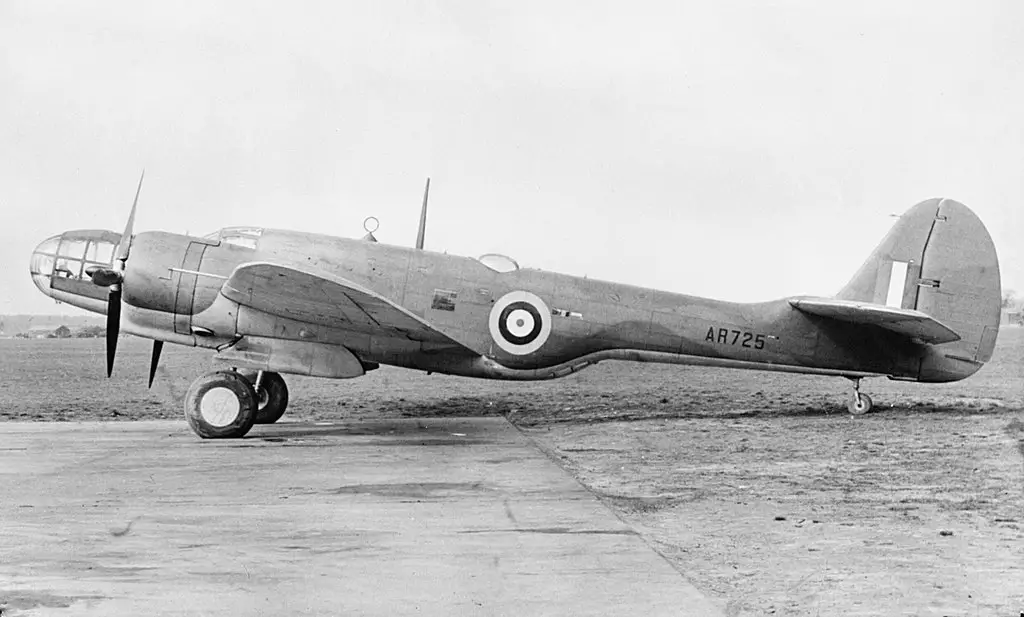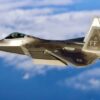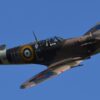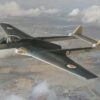In November 1940, torpedo bombers of the Royal British Navy attacked Italian warships stationed at the naval base in Taranto, southern Italy. More than a year before Pearl Harbor, that was the first instance of all-aircraft ship-to-ship naval attack in history. Taking off from the HMS Illustrious, 21 Fairey Swordfish biplane torpedo bombers of the Fleet Air Arm wreaked havoc in the harbor of Taranto, proving that carrier-based aircraft had become a power to reckon with, capable of knocking out enemy naval assets no less effectively than battleships or submarines.
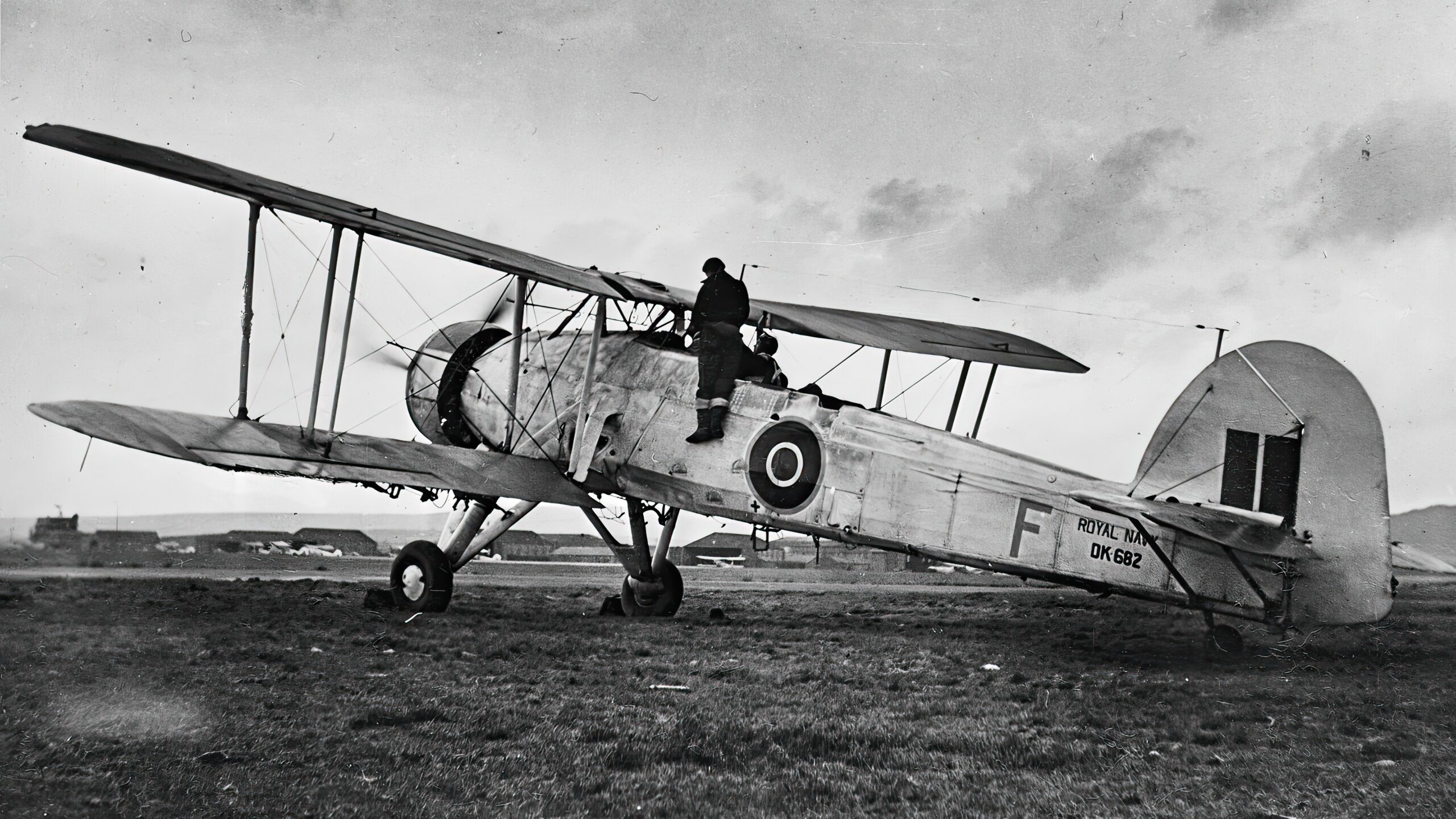
The target
According to the intelligence gathered by the British, including via reconnaissance flights by a Martin Marylands bomber and a Short S.25 Sunderland flying boat, the harbor of Taranto hosted all of Italy’s six battleships, as well as seven heavy cruisers, two light cruisers and eight destroyers. These were protected by over a hundred anti-aircraft guns and twice as many machine guns, as well as sound-detection equipment and dozens of barrage balloons. There were also torpedo nets, but they had been removed due to a scheduled gunnery exercise and, for the most part, not re-rigged by the night of the attack.
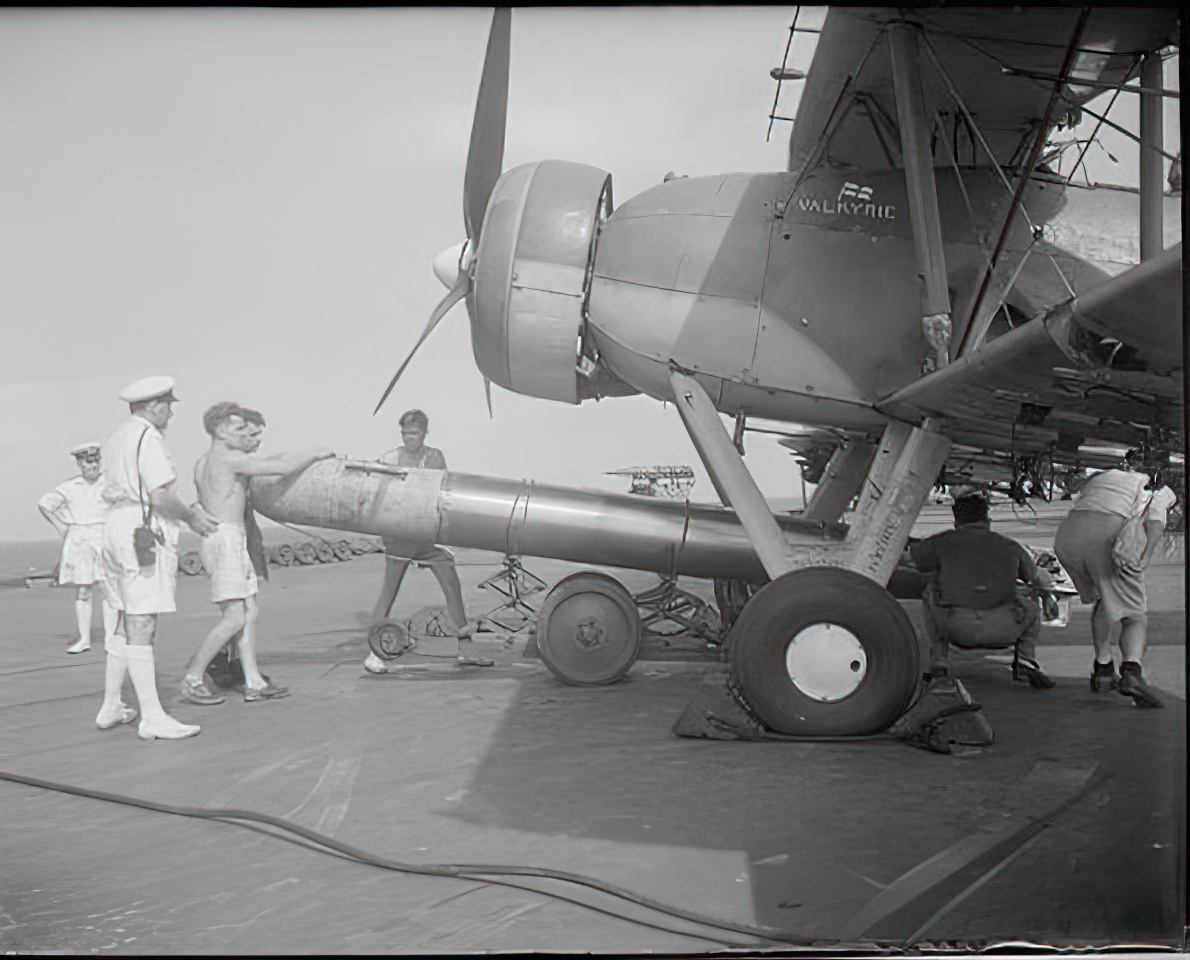
The strike force
The air raid on Taranto was one of the last major episodes in warfare in which biplanes were widely and successfully used. The core element of the strike force was the Fairey Swordfish biplane torpedo bomber, aka “String-bag,” developed and introduced into service in the mid-1930s. It was an obsolescent, fabric-skinned, sluggish plane with a top speed of just 143 mph. Nevertheless, this sturdy and reliable aircraft was still of great use in naval warfare in 1940 and, in fact, several years after that.
The Swordfish were based on HMS Illustrious aircraft carrier, which was accompanied by the heavy cruisers HMS Berwick and York, the light cruisers HMS Gloucester and Glasgow, and the destroyers HMS Hyperion, Ilex, Hasty and Havelock.
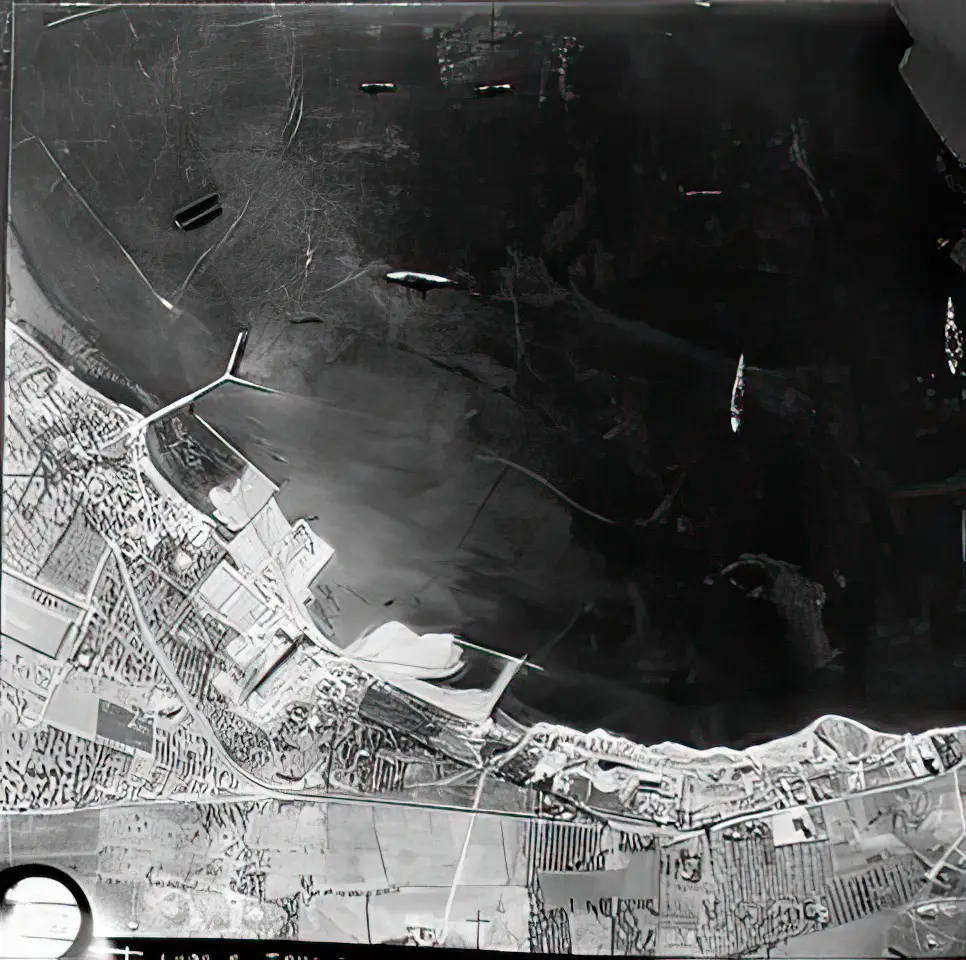
Normally, air-dropped torpedoes were not suitable for use in water less than 75 ft deep, and Taranto harbor had depth of only some 40 ft. However, the British managed to overcome that limitation by hooking the torpedo’s nose to a wire wound on a drum underneath the aircraft. Once the torpedo was released, the wire pulled its nose up. The torpedo thus hit the surface in a belly flop rather than in a dive and did not sink deeper than 22 ft.
Operation Judgment
The attack codenamed Operation Judgment came in two waves. The first wave of twelve aircraft took off from Illustrious just at about 9 pm on November 11. These were six Swordfish carrying torpedoes, four carrying six bombs each, and two carrying bombs and flares to illuminate targets. At about 11 pm they reached the harbor and got on with the business.
First, the aircraft armed with bombs carried out dive bombing on the oil tanks in the port. Next, the Conte di Cavour battleship got a torpedo below her waterline. Dodging barrage balloons and heavy anti-aircraft fire, the strike force went on attacking the Italian navy by hitting two cruisers with bombs and yet another battleship, Littorio, with two torpedoes.
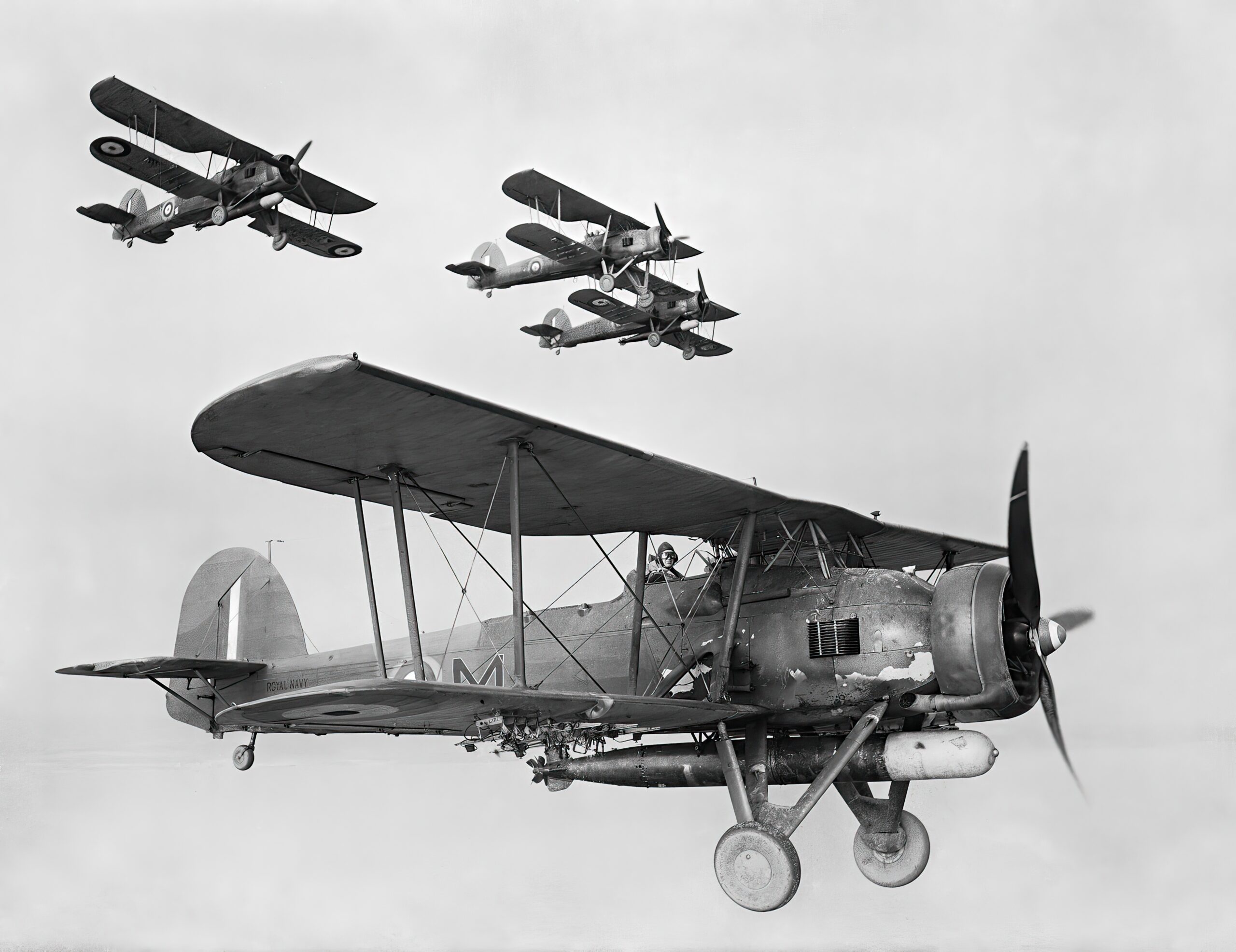
2nd wave
The second wave arrived slightly after the midnight. It was supposed to consist of ten aircraft, but due to malfunctions only eight actually reached the target as planned. Most of those were also carrying torpedoes. Dropping them from 20-30 ft above the surface into the shallow waters of Taranto harbor, they managed to inflict additional damage on Littorio, as well as hit a third battleship, Caio Duilio.
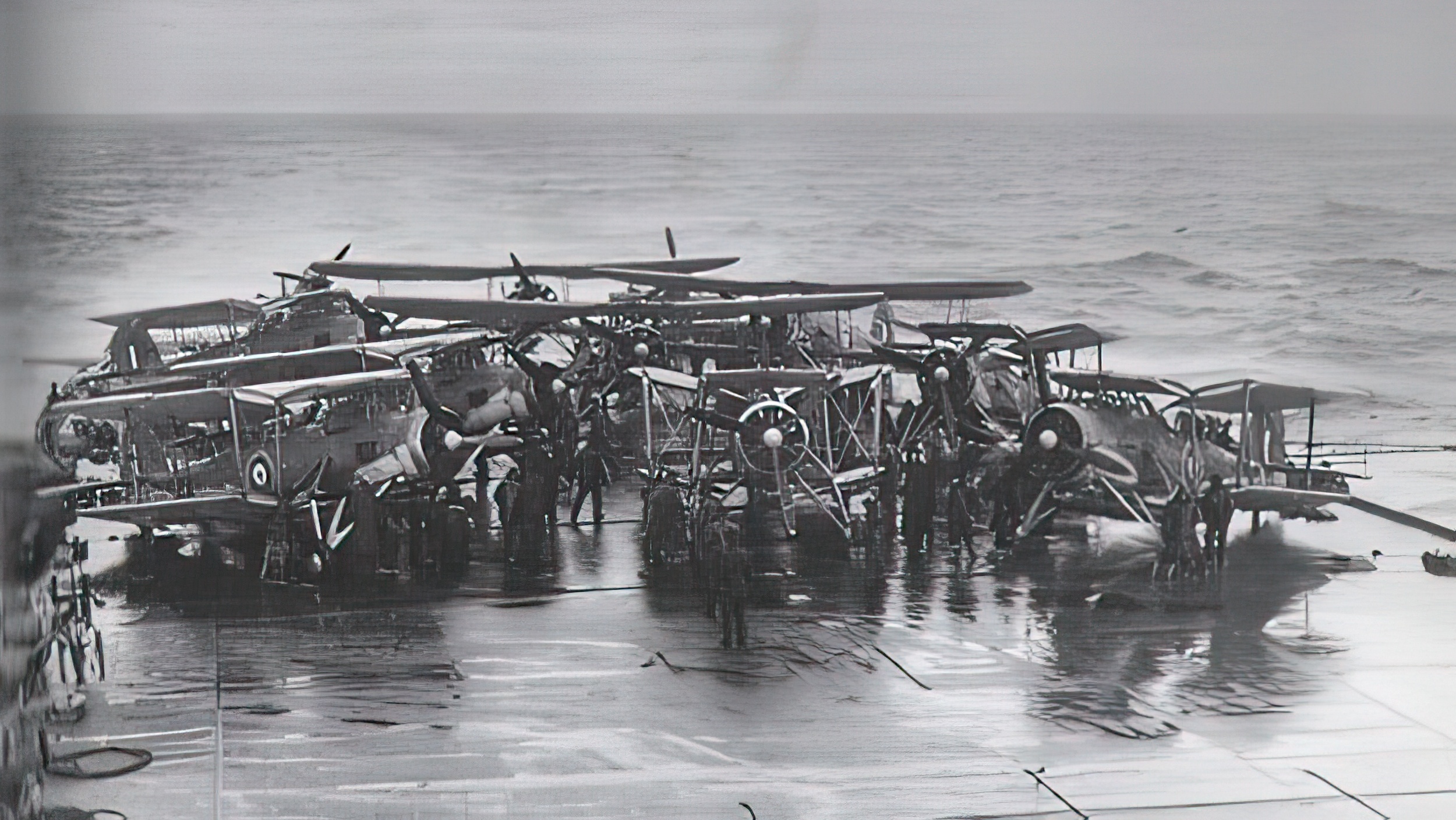
Despite some bombs and torpedoes missing their targets, the overall destruction brought upon the Italian navy was huge: half of its capital ships were knocked out of service literally overnight. That made British maritime operations in the Mediterranean much easier and safer for months to come. Meanwhile, the British only lost two aircraft to the anti-aircraft fire, with the crew of one of them killed, and of the other taken prisoner. Among the key reasons for the operation’s success was that Italians didn’t have any night fighters in the area, which allowed quite a small group of outmoded British warplanes to operate almost with impunity.

